05:36
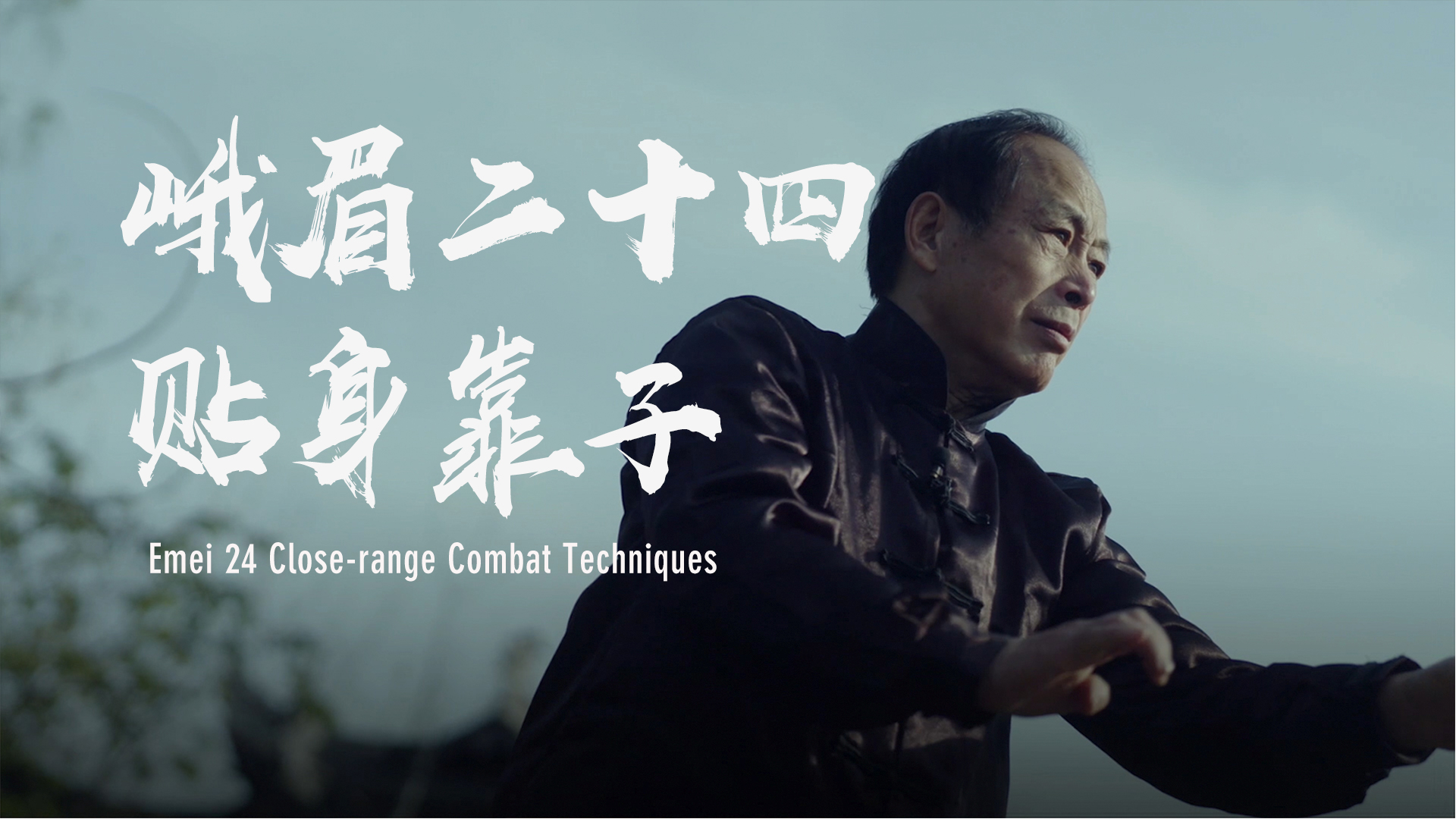
As one of the three major schools of Chinese traditional martial arts, Emei martial arts originated around Mount Emei and became popular in southwest China's Sichuan Province. With regional features of various mountains and rivers, ancient practitioners tried to make up for the short stature of residents by seeking out the most effective fighting skills. Over time, a kind of special martial arts was formed to help the weak overcome the strong.

Emei martial art has regional features of various mountains and rivers in Sichuan Province. /CGTN Photo
Emei martial art has regional features of various mountains and rivers in Sichuan Province. /CGTN Photo
There is a traditional branch named Emei 24 Close-range Combat Techniques, which belongs to the School of Counteraction, one of the eight main schools of Emei martial arts. The "24" means there are 24 kinds of moves that are used.
With agile and fierce moves, Wu Xinliang is already in his 60s. He has been practicing for more than 40 years, during which time he has won many national competitions and become a representative Emei figure.
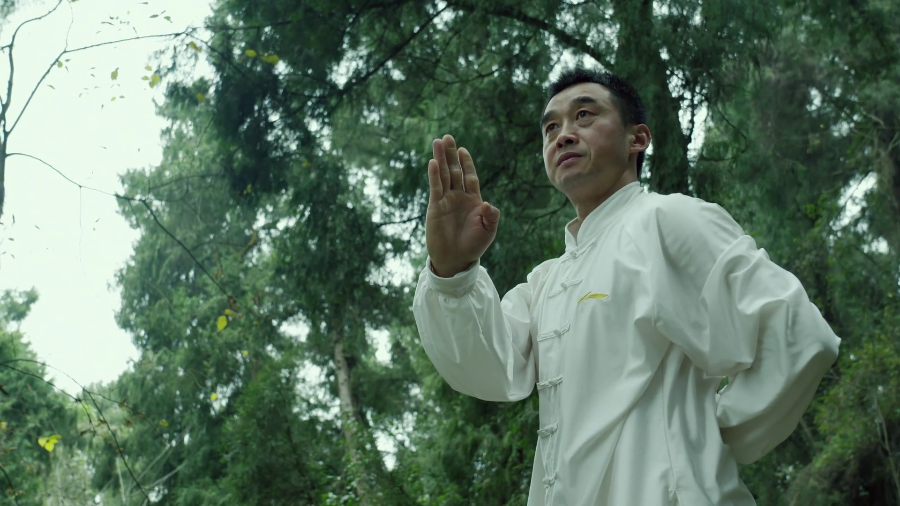
Wu Xinliang is a representative figure of Emei martial arts. /CGTN Photo
Wu Xinliang is a representative figure of Emei martial arts. /CGTN Photo
The 24 Close-range Combat Techniques emphasize counteraction with a single hand. It's about reacting skillfully using the palms and fingers first. Wu thinks that the essence lies in actual combat. The trick is all about diversion. One can use smart tricks to lure the opponent into a trap, then make the next move. In other words, one can overcome stronger opponents by taking advantage of their own strengths and avoid their weaknesses.
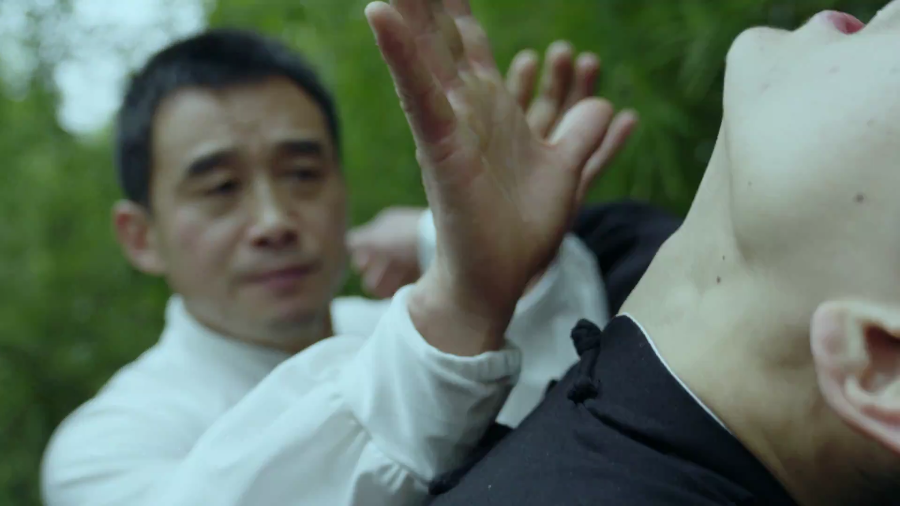
Emei martial arts was formed to help the weak overcome the strong. /CGTN Photo
Emei martial arts was formed to help the weak overcome the strong. /CGTN Photo
In addition to practicing, Wu devotes himself to the legacy of Emei martial arts and constantly explores new paths of development. In 1986, China initiated the Sanshou competition. Wu volunteered to form the Sichuan Sanshou Team. After the first round, however, his team was almost wiped out.
"That kind of intense movement was pretty much like anaerobic exercise. We were exhausted entering the second round," says Wu.
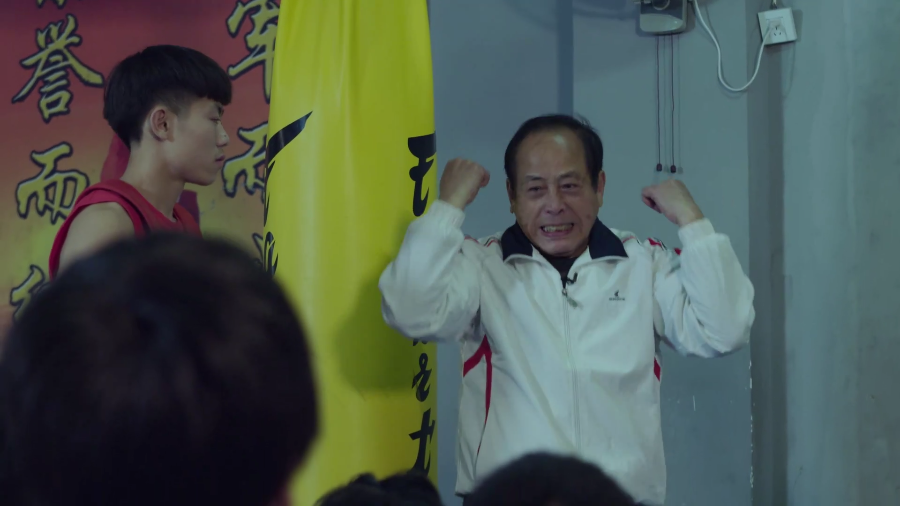
Wu devotes himself to the legacy of Emei martial arts. /CGTN Photo
Wu devotes himself to the legacy of Emei martial arts. /CGTN Photo
He found that endurance and stamina could be key points in the Sanshou competition. It occurred to him that there is a kung fu style in Sichuan called "Xiaojindan" that could help to regulate breathing for practitioners.
"Contract the abs during intense exercises, and press the extra air out of the body in an instant. Fresh air will flow into your gut. Whenever I feel tired, I'd practice this technique. Then I would not get tired easily," says Wu.

It takes practice and patience to develop superb martial arts skills. /CGTN Photo
It takes practice and patience to develop superb martial arts skills. /CGTN Photo
The method produced a marked effect. In the following year's National Sanshou Invitational Tournament, the Sichuan Sanshou Team won two championships. The team standing rose from almost 20th to the third place nationwide, which pushed Emei martial arts onto a larger platform.
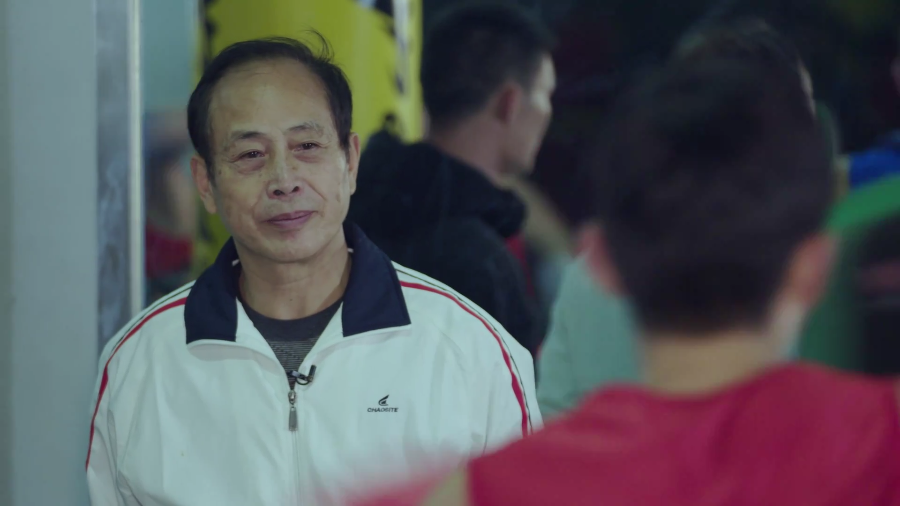
Wu Xinliang is a representative figure of Emei martial arts. /CGTN Photo
Wu Xinliang is a representative figure of Emei martial arts. /CGTN Photo
Wu hopes that Emei martial arts will always be passed on. Over a thousand years, martial arts culture contains the skills to defeat the enemy, as well as the spirit and wisdom to live in the world. It deserves to be preserved and remembered for future generations.